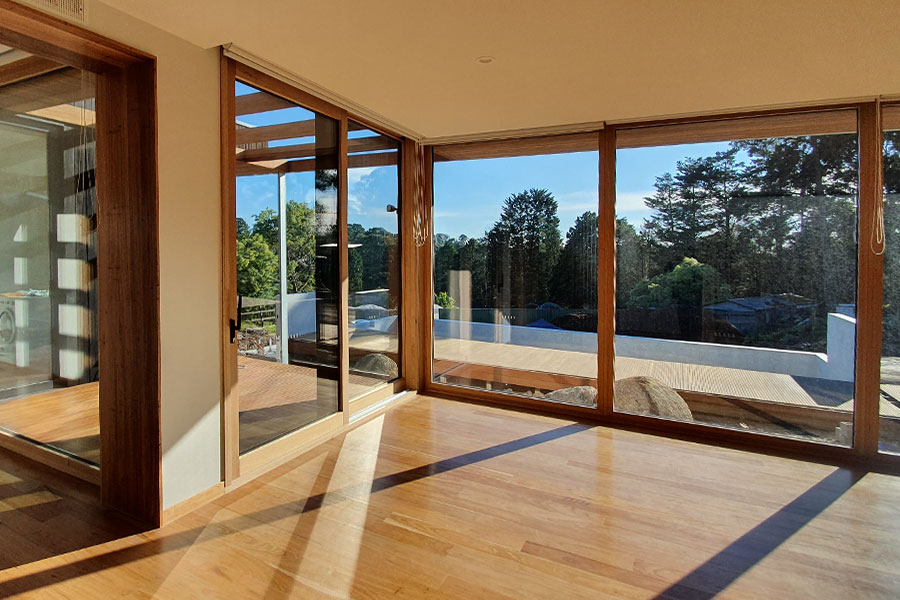Paarhammer will be closing at 12pm Tuesday the 23rd of December 2025 and we will reopen on Monday the 12th of January 2026. We would like to wish all our clients and suppliers a happy and safe holiday period.
Click here to view our latest blog
Energy Efficiency Increases Selling Price

With energy prices increasing in Australia, it is no wonder that energy-efficient homes in the market are selling at a higher price than houses with no energy-efficient features. These could be roof and ceiling insulation, solar panels, and of course, high-performance windows and doors.
According to a recent report by the Domain Group, the demand for energy-efficient houses is increasing across Australia. This demand is adding a premium to homes with energy-efficient features at the sale, while ongoing energy bills will be lower for the life of the home. It includes new builds with features added when built or energy-efficient renovations to existing houses.
Energy-efficient windows and doors
Choosing windows and doors with energy-saving features is a superior way to increase a home’s energy efficiency rating. Up to 40% of a home’s energy is lost through windows, and 87% of warm or cold air (depending on the outside temperature) is gained through windows and doors. The average Australian home has upwards of 14 air changes an hour due largely to drafts and single glazing. All this new air from the outside needs to be either heated or cooled; hence, lower air changes reduce the constant use of heaters or air conditioners.
Therefore, choosing an efficient home is desirable as it decreases the amount of energy used while maintaining a more stable and comfortable internal temperature of the home. There is a positive ecological impact on the environment as well by using less power and relying more on quality building.
Ratings
Windows and doors are rated as a whole product, which means the glazing as well as the frame. High-performance glazing must be incorporated into a high-performance frame to reduce air leaking through the frame itself. Installation is also important, and caulking is needed to prevent air leaks. Using the Window Energy Rating Scheme (WERS) to check window ratings is a good way to start. The U-value of a window measures insulation and how well a window conducts heat. The lower the U-Value, the more efficient it is. Paarhammer’s tested window U-values start as low as 0.8.
There are different testing parameters with different U-value results: WERS ratings are verified by the Australian Fenestration Rating Council (AFRC), while Passivhaus uses European values. A U-value of 1.6 under AFRC equals a U-Value of 1.2 under Passivhaus.
When building or renovating, emphasis should be on taking advantage of current technology to maximise energy efficiency and temperature regulation in homes, including the use of high-performance windows and doors. Energy-efficient homes are sought after in the marketplace as these reduce living costs in the long term and generally attract an increased selling price.